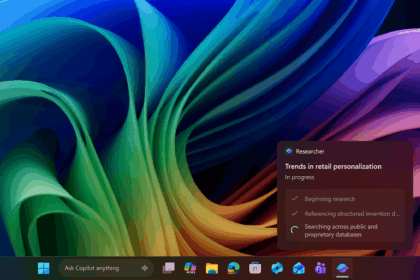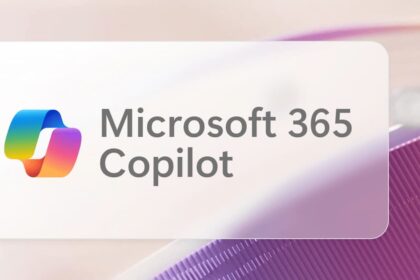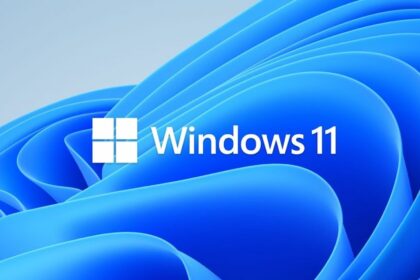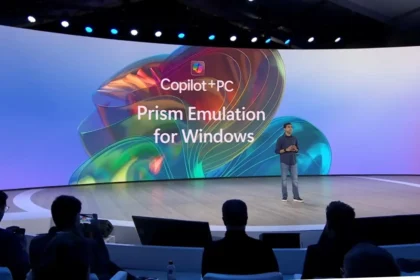When opening Microsoft Paint today, some users noticed a surprise: a pop-up inviting them to join something called Windows AI Labs. The unannounced program appears to be Microsoft’s new way of testing experimental AI tools directly in Windows’ built-in apps, starting with Paint.
The invitation shows up as a small banner in the top-right corner of Paint with the message: “Try experimental AI features in Paint: Sign up for Windows AI Labs programme in Settings.” Clicking Try now takes you to Paint’s settings, where a new card includes a Sign up button.
Accepting would permit Microsoft to enable AI-powered features for your account, while declining simply dismisses the offer. At the moment, however, the backend doesn’t appear to be live—suggesting the pop-up was rolled out accidentally, even to users running stable builds.
Notably, this alert appeared without a Paint update from the Microsoft Store, meaning it was triggered by a server-side switch rather than new app code.
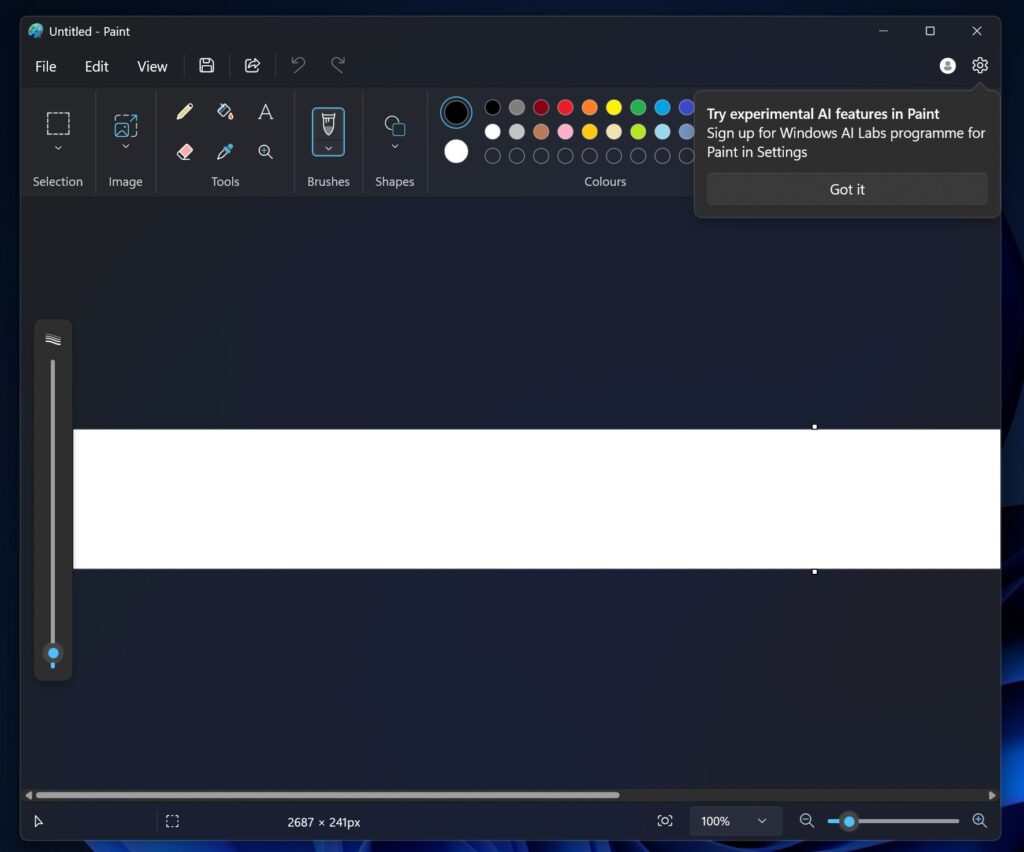
Microsoft’s own description
A support document linked in the invite offers more details. According to Microsoft, the program is designed to let select participants test pre-release features and services inside Paint.
Key points from the agreement include:
- Features are experimental and may never become public.
- Updates to the Paint app may be required if and when features roll out broadly.
- Quality and stability aren’t guaranteed—feedback is the main goal.
Microsoft notes that early feedback will help decide which features make it to a wider audience.
The concept sounds very similar to Google’s Search Labs, which gives users early access to AI experiments that often evolve—or disappear—before a public launch.
Alongside the quiet debut of Windows AI Labs, Microsoft also teased other updates for Paint, including a Photoshop-style project system and an opacity selector, signaling its intent to make the classic app much more powerful.






